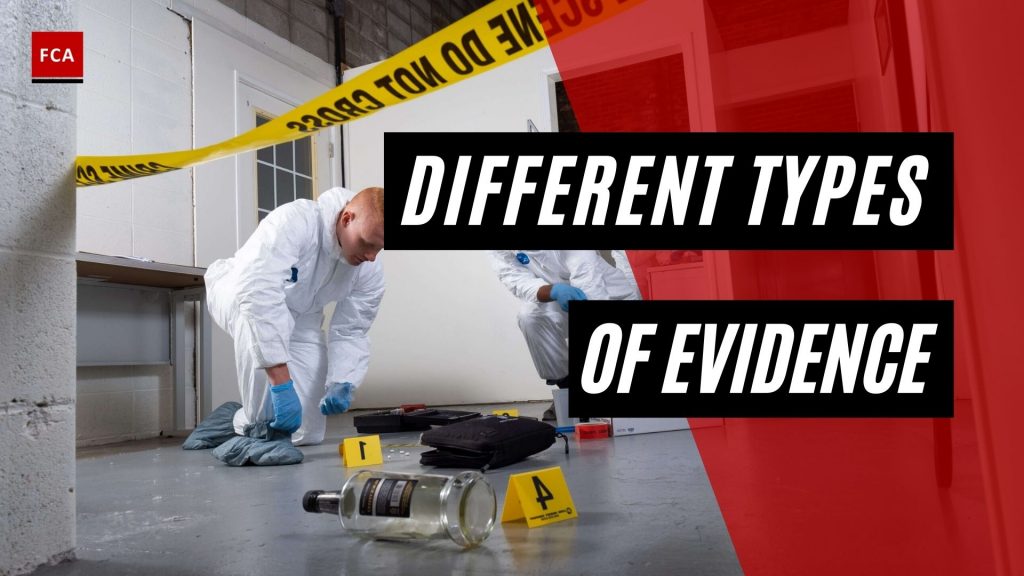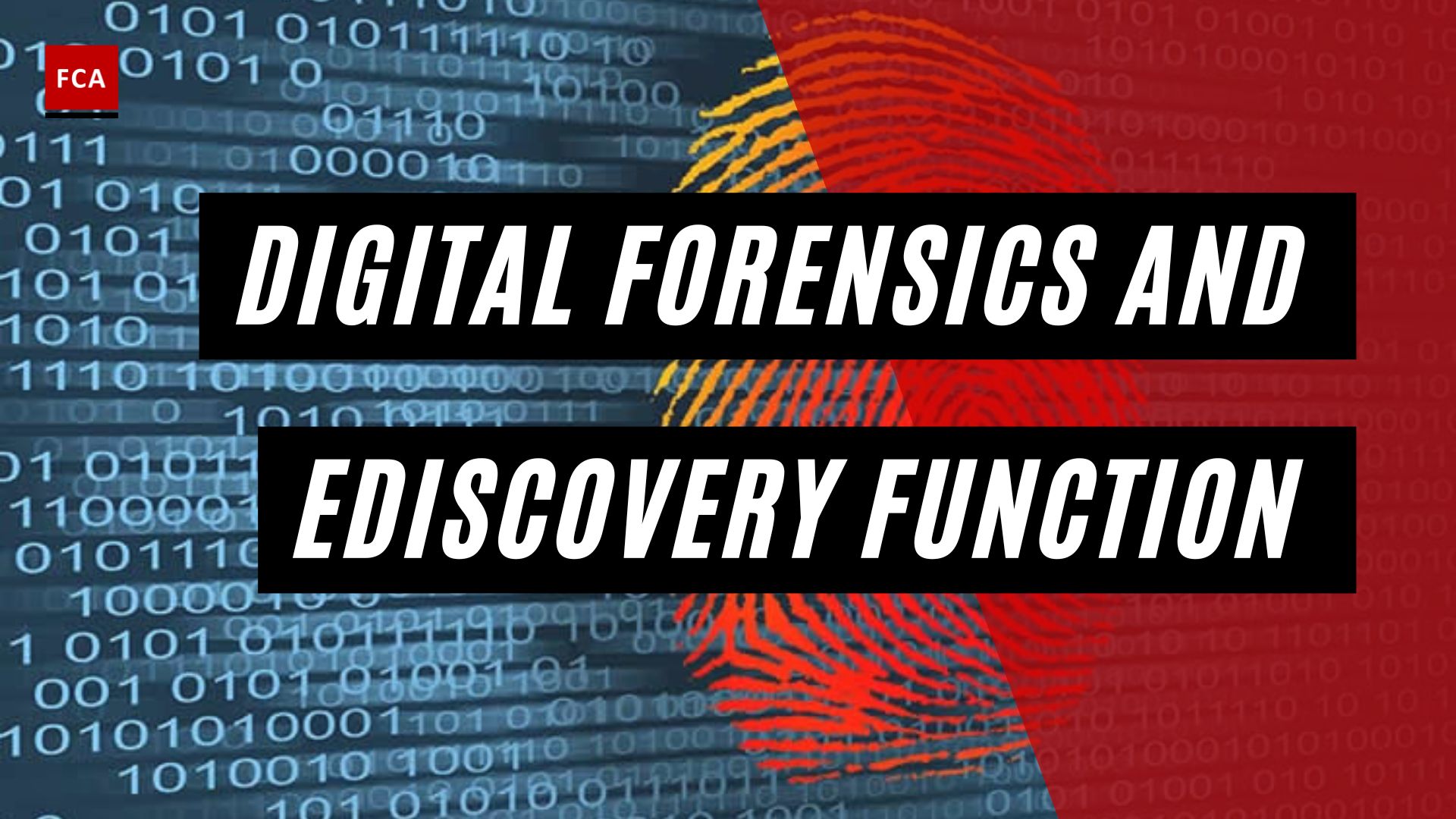Among the most important qualities that an investigator conducting investigations should include is the ability to collect and evaluate different types of evidence. There are many types of evidence that help the investigator build a wall of evidence that helps in concluding a case. Even if all the evidence may not be direct proof or an event or claim, it may contribute towards the conclusion.

Different Types Of Evidence
The most important quality of required evidence is that it must be relevant to the investigation. It isn’t relevant if the evidence is not directly connected to the investigation. Even if it isn’t admissible in court, certain types of evidence could help an investigator draw conclusions.
The different types of evidence include:
Analogical Evidence
This may not be admissible in court, but this type of evidence helps increase credibility by drawing parallels when there isn’t sufficient information to prove something in an investigation. Analogical evidence involves the use of comparison of things that are somewhat similar to drawing an analogy.
Anecdotal Evidence
Although anecdotal evidence is not admissible in court, it has the potential to help an investigation by providing a better picture of an issue. The main issue with this type of evidence is that it is frequently cherry-picked to present only anecdotes that support a specific conclusion. This type of evidence should be considered with skepticism and in conjunction with other, more reputable sources of evidence.
Character Evidence
This is usually in the form of testimony or document that is used to prove someone’s action in a particular manner based on the person’s character. This can’t be used to prove behavior at a certain time was consistent with his or her character; rather, it can be used in some investigations to prove intent, motive, or opportunity.
Circumstantial Evidence
This form of evidence, also known as indirect evidence, is used to conclude something based on a series of facts other than the fact the argument is trying to prove. It involves deducing facts from other facts that can be proven. Although this form of evidence is not considered very strong on its own, it can be relevant in a civil inquiry, which has a different burden of proof than a criminal investigation.
Demonstrative Evidence
This includes types of evidence that directly demonstrate a fact. It’s a common and reliable type of evidence. Most common examples of this include photographs, video, and audio recordings, charts, etc.
Digital Evidence
Digital evidence is a broad term and includes any kind of digital file from an electronic source. This may be an email, text messages, instant messages, files, and documents extracted from hard drives, electronic financial transactions, audio files, and video files. Digital evidence can be found on any server or device that stores data, including some lesser-known sources such as home video game consoles, GPS sports watches, and internet-enabled devices used in home automation. Digital evidence is usually found through internet searches using open-source intelligence.
The collection of digital evidence often involves a skill set different from physical evidence. There are many methods for obtaining digital evidence from different devices, and these continue to evolve as new technologies are introduced. Where investigators don’t have the technical skills necessary for the extraction of digital evidence, they often resort to the use of experts for the extraction of digital evidence.
Preserving digital evidence is also challenging as it can be remotely tampered with. Investigators should be able to authenticate the evidence and provide documentation to prove its integrity.
Direct Evidence
The most powerful type of evidence, direct evidence, needs no inference. The evidence itself is the proof. This includes the testimony of a witness who saw an incident or the confession of the perpetrator.
Documentary Evidence
Written forms of proof, such as letters or wills, are considered documentary evidence. It can also comprise other types of media, such as images, video, or audio recordings, and so on.
Forensic Evidence
Scientific evidence, such as DNA, trace evidence, fingerprints, or ballistics reports. This type of evidence can supply proof to establish a person’s guilt or innocence. It is generally considered to be strong and reliable evidence, and alongside helping to convict criminals, its role in exonerating the innocent has been well documented. Forensic means “for the courts.” Its use in investigations is limited to serious cases that may end up in court.
Physical Evidence
Evidence that is in the form of a tangible object is considered to be physical evidence. Physical evidence is also known as real or material evidence. It can be offered in court as an exhibit of a physical object, captured in still or moving images, described in the text, audio, or video, or referred to in documents.
Statistical Evidence
Evidence that uses numbers to support a position is called statistical evidence. This type of evidence is based on research and polls.
Final Thoughts
Evidence can help an investigator recreate the crime scene and determine the sequence of events. Physical evidence can back up statements made by the victim, witness, and suspect. Physical evidence is objective, and it may be the only way to reliably place or link someone to a crime scene if properly documented, collected, and preserved. The “silent witness” is a term used to describe physical evidence.









